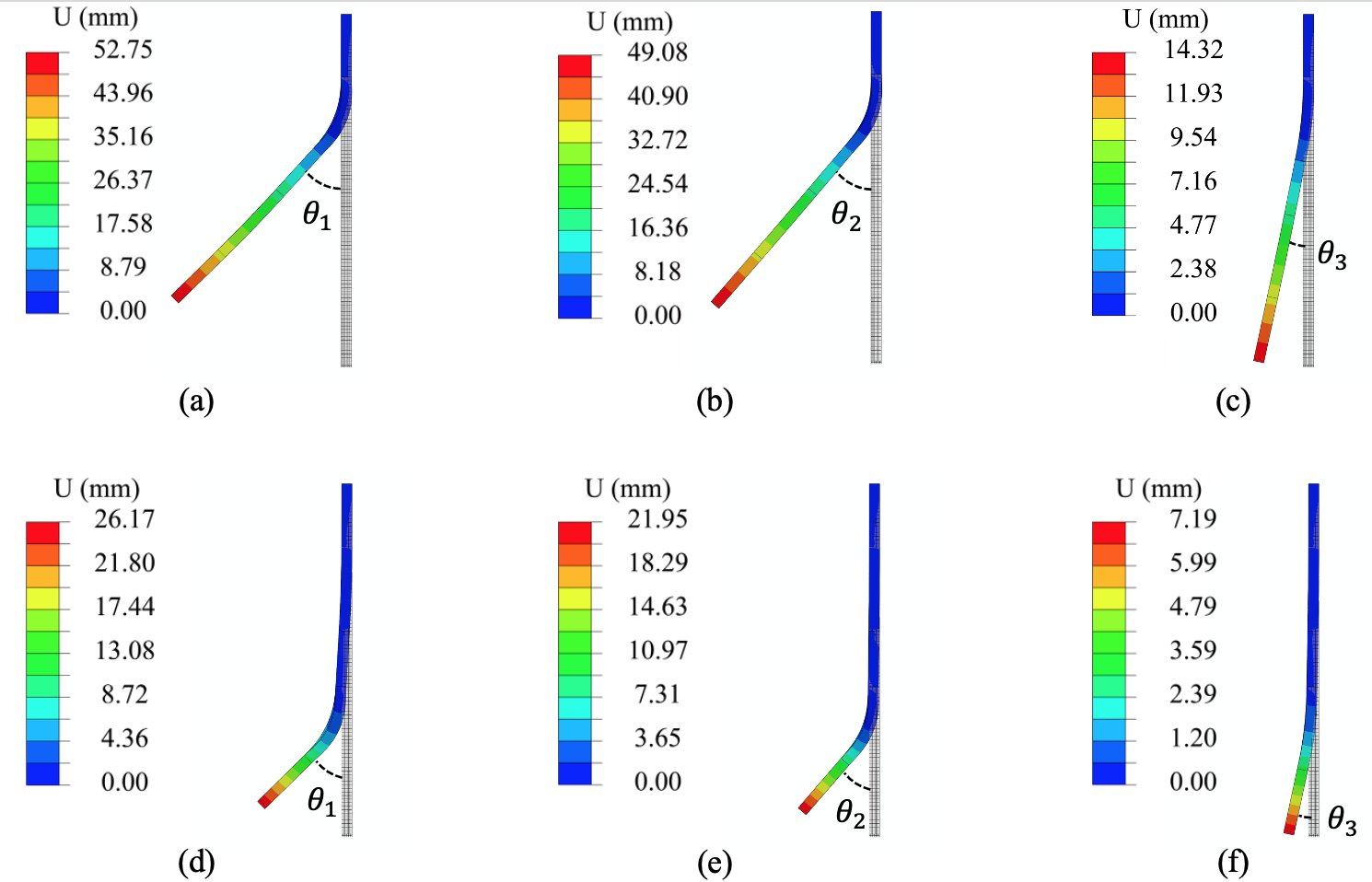Dr Amir Hosein Sakhaei, Lecturer in Mechanical Engineering at the School of Engineering and Digital Arts has co-written an article entitled ‘Shape Memory Alloy Based 3D Printed Composite Actuators with Variable Stiffness and Large Reversible Deformation‘, which has just published online in the journal Sensors and Actuators A: Physical.
The article was co-written with Saeed Akbari (RISE Research Institutes of Sweden), Sahil Panjwani, Kavin Kowsari (both Singapore University of Technology and Design), and Qi Ge (Southern University of Science and Technology and Singapore University of Technology and Design).
Soft composite actuators can be fabricated by embedding shape memory alloy (SMA) wires into soft polymer matrices. Shape retention and recovery of these actuators is typically achieved by incorporating shape memory polymer segments into the actuator structure. However, this requires complex manufacturing processes. This work uses multimaterial 3D printing to fabricate composite actuators with variable stiffness capable of shape retention and recovery. The hinges of the bending actuators presented here are printed from a soft elastomeric layer and a rigid shape memory polymer (SMP) layer. The SMA wires are embedded eccentrically over the entire length of the printed structure to provide the actuation bending force, while the resistive wires are embedded into the SMP layer of the hinges to change the temperature and the bending stiffness of the actuator hinges via Joule heating. The temperature of the embedded SMA wire and the printed SMP segments is changed sequentially to accomplish a large bending deformation, retention of the deformed shape, and recovery of the original shape, without applying any external mechanical force. The SMP layer thickness was varied to investigate its effect on shape retention and recovery. A nonlinear finite element model was used to predict the deformation of the actuators.
The article is available to read on Science Direct, here:
https://www.sciencedirect.com/science/article/abs/pii/S0924424721000595?via%3Dihub

